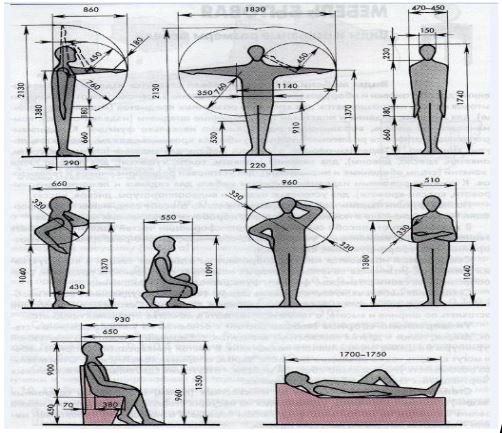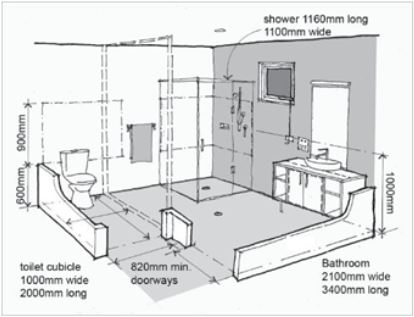Anthropometry in Architectural Design
Subject
Architectural Design
,Academic Year
1'st Year
,2'nd Year
,Complexity Level
Beginner
,Content tags
Anthropometry
,Architectural Design
,Human Comfort
,Activity Type
Model Making
,Activity duration
1 week
,Objective
To learn Anthropometry as a base for Space design
Outcome:
Students will learn to consider anthropometric dimensions in designing space for human comfort, using different concepts of Golden Ratio, Modular man, Vitruvian man.
Requirements
- Jute bag
- Cardboard
- Polyethene, plastic bags
- Wires
- Thermocol
- Bubble wraps
- Thin thermocol sheets
Prerequisites
Students should know the concept of Anthropometry, Golden Ratio, Modular man, Vitruvian man.
Procedure
Step 1: Ask students to study human body with all the dimensions of each body part
Step 2: Following the process of taking dimensions of human body by themselves, ask the students to study the standards for eg. Timesaver standards and others to connect anthropometry with the building design standards detailed in it.
Step 3: Organize students into 3 groups and ask students to design a room/ object (may be a working table)/ apparel (wearable) that has a specific function
Instruction: Use the following materials to create space, human body
- Jute bag
- Cardboard
- Polyethene, plastic bags
- Wires
- Thermocol
- Bubble wraps
- Thin thermocol sheets
The materials should be discarded, acquired from the scrap as much as possible.
Step 3: Ask students to show the human body while sleeping, resting, eating, cleaning, working etc and design the suitable space accordingly. Let the students decide the dimensions of room and body
Step 4: Ask students to draft the final design in two A2 sheets explaining the design process, details of dimensions of room and body size, use of materials, human comfort, as well as explaining the wearable. Actual wearable should be made at various stages to realize how anthropometry plays an important role in designing
Step 5: Students present the models and share their learnings and experiences.
Reference Image



